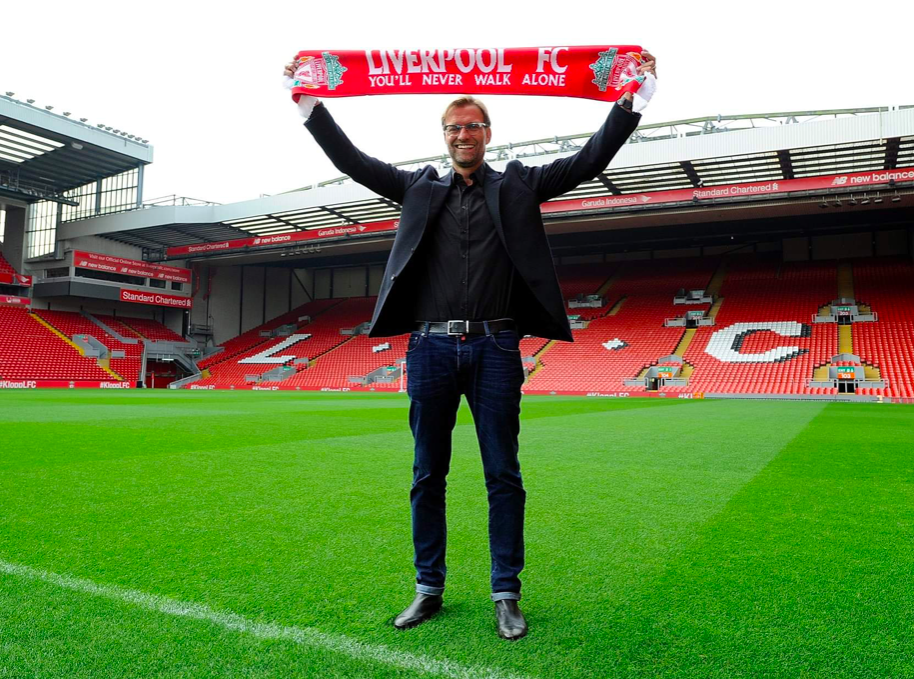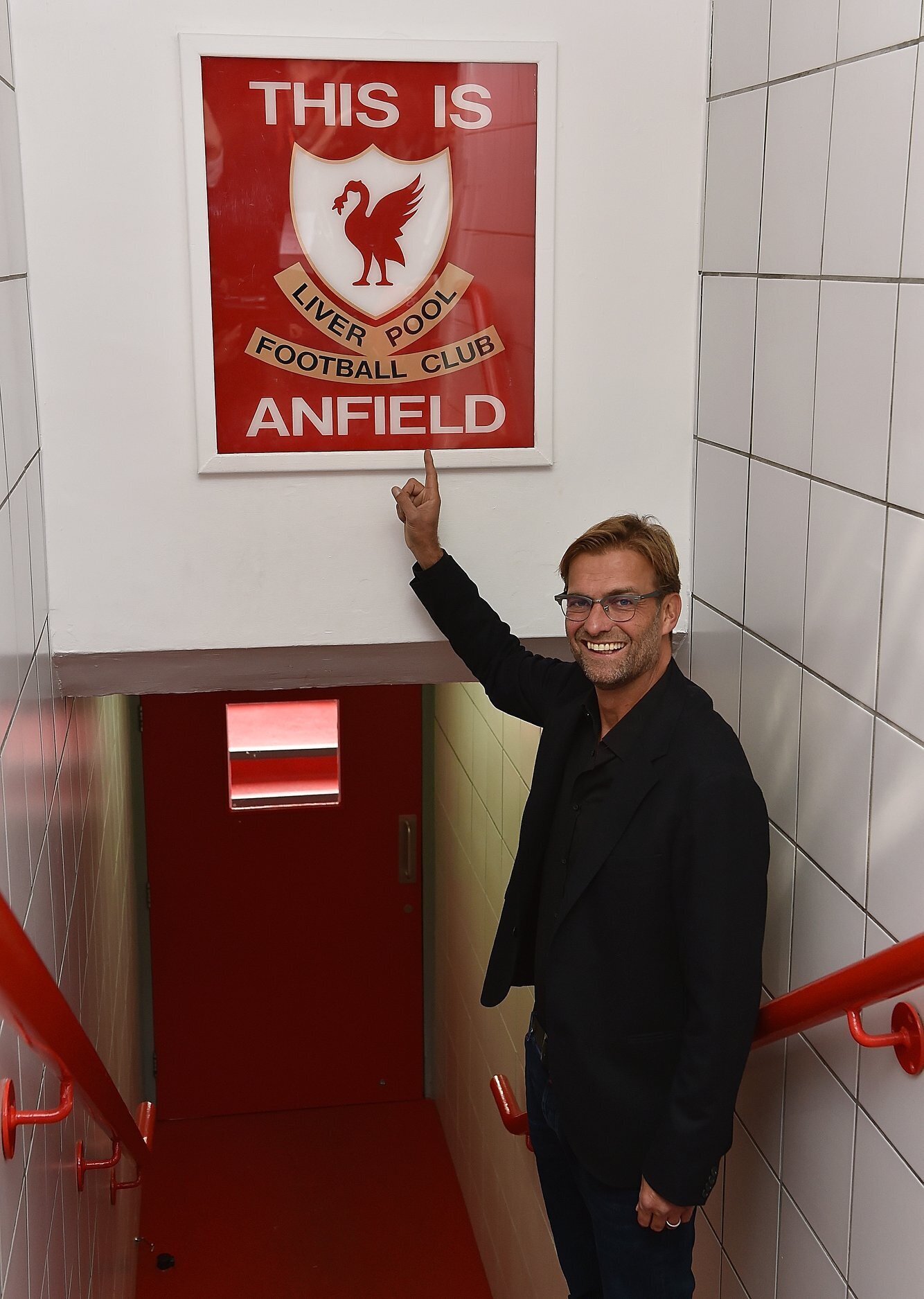A Love of Tinkering Leads to Early Mechanical Inventions
In 1839, Singer invented and patented a rock-drilling machine used for excavation while working with his brother as a laborer on an Illinois waterway. The invention paid him two thousand dollars — more money than Singer had ever earned before, toiling away inside the machine shop. Taking his earnings, Singer happily decided to form his own traveling troupe called “The Merritt Players” and acquired a covered wagon, traipsing around the country, living and working out of his home on wheels. On one such journey, he met Mary Ann Sponseler, seven years his junior in New York. They fell in love and Singer invited Mary to join him as his partner.
Pursuing his strong theatrical yearnings offered Singer an outlet for his exuberant personality and his penchant for adventure and travel. Despite his efforts, his stint at theater led him nowhere. By 1850, after his affairs, Singer had two wives and five children to support. The pressure to prove himself and to succeed financially. Determined to overcome any setbacks and to build a strong foundation for his family and himself, Singer developed an insatiable hunger for success. His innate passion and drive served him well. Singer threw his full weight behind his goal. Success was not overnight. In fact, he labored long and hard at his brother’s machine shop after abandoning his theatrical career.
Renting two small rooms on 120 East 27th Street in Boston, where he housed Mary Ann and their growing brood, Singer was desperate for both work and success. A friend and supporter, George Zieber, who worked in the publishing industry, gave Singer ten dollars a week for sustenance. Zieber believed in Singer’s newest invention, a cutting machine that could cut wood blocks to print images out of wood and metal. Singer’s first prototype built in New York was unfortunately consumed in a boiler fire that erupted in his rented studio. After sinking in a few thousand dollars into this machine, with no interested investors or merchants in sight, Singer was a volcano on the brink of eruption.
Hearing about Singer’s plight, Orson Phelps invited Singer to visit his machine studio at 19 Harvard Place to build a new cutting machine. Upon Singer’s arrival however, Phelps proposed something quite different. He asked Singer if he could improve his existing set of sewing machines. At first the feisty and hot-tempered Singer was outraged. He had poured his money and his heart into a machine that he considered far superior to the simple sewing machine!
Phelps was desperate for help. He had acquired one hundred and twenty Lerow & Blodgett sewing machines. The machines however would frequently stop working as the sewing mechanism in the machines had sudden, frequent stops in thread, forcing the user to stop frequently and rethread the machine many times. Sewing thus was agonizingly slow and painful. Phelps wanted Singer to repair the machines.












